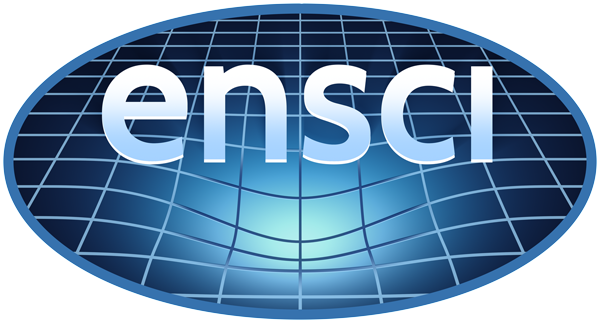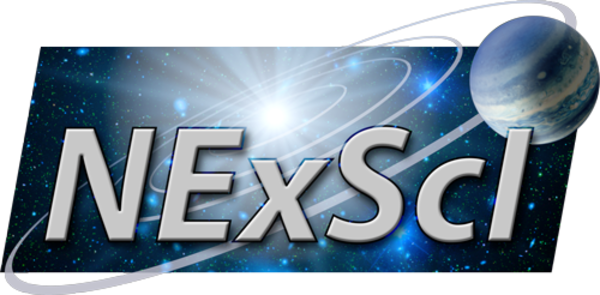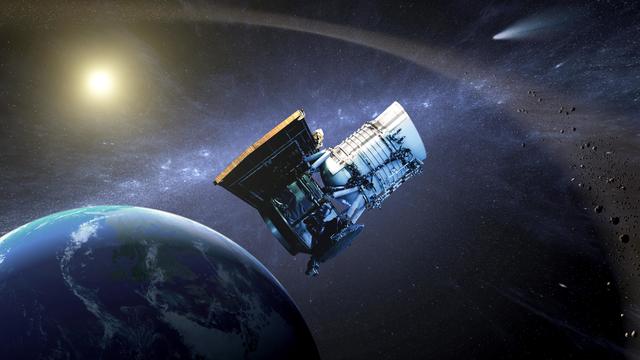- Science Collaborations
-
ALPINE
ALMA Large Program to Investigate C+ at Early Times
-
COSMOS
Cosmic Evolution Survey
-
GOALS
Great Observatories All-sky LIRG Survey
-
SMOG
Spitzer Mapping of the Outer Galaxy
-
UVUDF
Panchromatic Hubble Ultra Deep Field: Ultraviolet Coverage
-
WISPS
WFC3 Infrared Spectroscopic Parallel Survey
- More
- In Development
-
ARIEL/CASE
Atmospheric Remote-sensing Infrared Exoplanet Large-survey
-
LTB
Lunar Trailblazer
-
NEO Surveyor
Near-Earth Object Surveyor
-
RAPID
Roman Alerts Promptly from Image Differencing
-
Roman
Nancy Grace Roman Space Telescope
-
Rubin
Vera C. Rubin Observatory
-
SPHEREx
Spectro-Photometer for the History of the Universe, Epoch of Reionization and Ices Explorer
-
UVEX
Ultraviolet Explorer
- Legacy
-
2MASS
Two Micron All Sky Survey
-
Herschel
NASA Herschel Science Center
-
IRAS
Infrared Astronomical Satellite
-
ISO
Infrared Space Observatory
-
Planck
U.S. Planck Data Center
-
SOFIA
Stratospheric Observatory for Infrared Astronomy
-
Spitzer
Spitzer Science Center
-
TMT
Thirty Meter Telescope
-
WISE
Wide-field Infrared Survey Explorer
- In Development
-
ARIEL/CASE
Atmospheric Remote-sensing Infrared Exoplanet Large-survey
-
LTB
Lunar Trailblazer
-
Roman
Nancy Grace Roman Space Telescope
-
NEO Surveyor
Near-Earth Object Surveyor
-
RAPID
Roman Alerts Promptly from Image Differencing
-
SPHEREx
Spectro-Photometer for the History of the Universe, Epoch of Reionization and Ices Explorer
-
UVEX
Ultraviolet Explorer
-
Rubin
Vera C. Rubin Observatory







